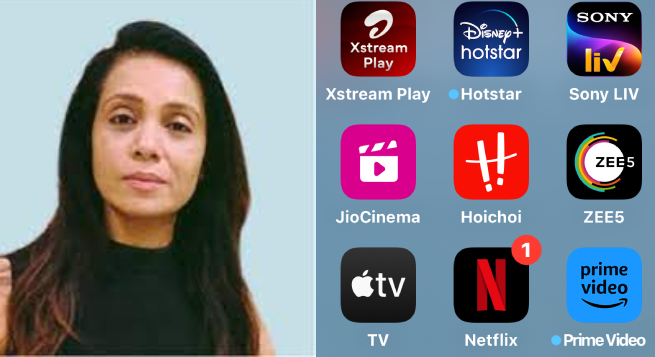To put a perspective on sheer numbers, Indian media and enetertainment (M&E) industry today stands valued at 26 billion USD with two-third of growth in the last three years coming from the digital subsegments.
Since last five years, the Indian Government has been pushing the agenda of digitization of the country, leapfrogging India into the future and, therefore, on the back of that, OTT sector revolutionized entertainment.
We all are now well aware of the cord cutting that has already happened across metros and is now spreading to tier 2 and 3 cities. Standing at a staggering 85-90 million subscriptions today, this figure is set to reach 160-165 million mark around 2027 as per BCG report.
Regional Market Explosion: One of the most significant trends in the Indian OTT landscape is the rise of regional content. While platforms like Stage, Aha, Hoichoi, Chaupal are trying to serve the regional audiences, it’s the larger OTT platforms that need to take the plunge with a deeper more regional approach for enhancing their footprints.
While Hindi-language content has traditionally dominated, platforms are now investing heavily in creating content in regional languages. India is a diverse nation with rich linguistic diversity, and catering to these diverse audiences has become crucial. We can expect to see a huge surge in content in languages such as Tamil, Telugu, Bengali, Marathi, and others. After all, “apni bhasha mein feel hai”.
The Original Content Narrative: People are increasingly turning to OTT platforms for fresh and high-quality content, as they have obviously been fatigued of the routine Indian TV serials. Additionally, OTT have provided a platform for creators and artists to reclaim their status in the entertainment industry, which may have otherwise been overshadowed.
The battle for supremacy in the OTT industry will continue to revolve around original content. This competition is expected to result in more innovation, unique storytelling, and collaborations. Collaboration on content creation doesn’t only amortise the rising content cost, but partners are also able to leverage each other’s strengths, understand consumer insights better, co-market and monetise the product with combined reach strength.
Business Models’ Flexibility: Aggregation is largely emerging as an answer to consumer questions at large. In India, there are at an average two OTT platforms being launched every quarter or so and everyone is fighting for the same viewer.
This pushes up the cost of digital inventory thereby pushing up the cost of consumer acquisition which is already hitting the roof, making direct subscriptions expensive. Indians have a saving mentality and they like bundled options, which is slowly emerging as the mainstay of many OTT platforms — especially the smaller ones.
There is a hybrid model, a freemium model and the subscription model. Within the subscription model, the direct-to-consumer relationship is evolving into an aggregation and bundle model. But each platform will want to write its own P&L narrative considering who is their TG, what is the audience pool, content type, pipeline, etc.
Customer is the King: “I prefer watching shows or movies that have a good storyline irrespective of the language. With easy access to content from multiple languages and genres, I watch a lot more multi-lingual content,” says a consumer as per the BCG report on OTT 2022.
With this mass adoption, OTT platforms recognized the importance of a user-friendly experience, ease of journey, customized targeting via content, ads and organic tools, one click subscription, vertical videos on mobile, hassle free payment options, buffer free experience, customized playlists and add ons, recommendation engines, loyalty programmes, launch strategies and freebie deals for the viewers. And, the list goes on, trying to win the hearts of the viewers and, therefore, the consumer loyalty.
Live Streaming: Live streaming of events, sports, news, and gaming content is set to expand on OTT platforms. With the proliferation of 5G internet and the rise of esports and mobile gaming, live streaming has a massive growth potential. Furthermore, live streaming can offer advertisers unique opportunities for real-time engagement with viewers, making it a lucrative revenue source for OTT platforms.
Reimagining Future: Artificial Intelligence (AI) and machine learning are becoming integral to enhancing the user experience on OTT platforms. These technologies are used to analyze user preferences and viewing habits to offer personalized content recommendations.
In the future, AI will play an even more significant role in content creation, enabling the generation of customized content for individual viewers. This personalization will not only improve user engagement but also help platforms optimize their content libraries.
OTT makes exclusive, well made and high-quality content at the consumer convenience, the new normal, rather than waiting every day for content to be served as per the broadcast timings.
(The author, Divya Dixit, has 20+ years of experience in marketing and brand building across industries — digital, broadcast, telecom, and music. Her last assignment was at ALTBalaji where she headed the platform’s Marketing, Partnerships & Revenue aspects. Prior to ALTBalaji, Divya has held leadership positions at organizations like ZEE5, Sony, UTV, Tata Docomo and Barista. The views expressed here are personal and Indianbroadcastingworld.com does not take any responsibility for them)
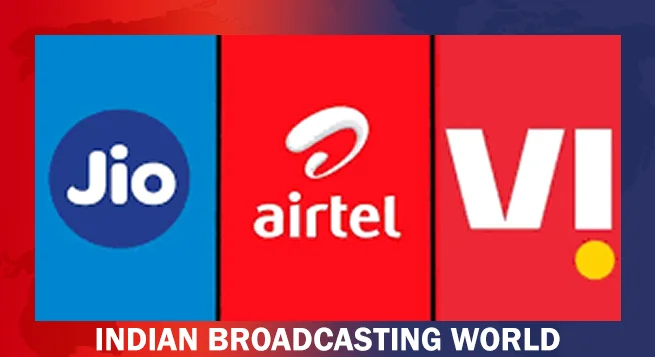 Jio, Airtel, Vi witness subs losses in Sept: TRAI data
Jio, Airtel, Vi witness subs losses in Sept: TRAI data 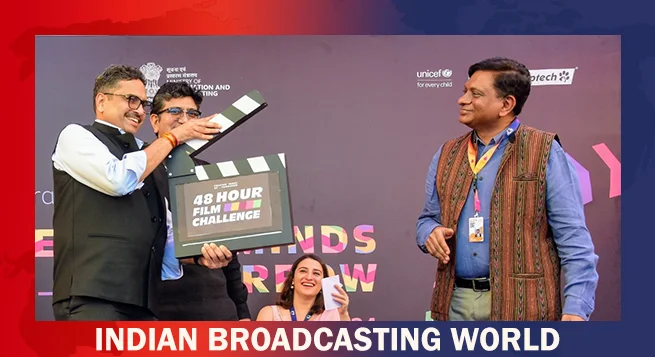 Expanded Creative Minds of Tomorrow edition inaugurated at IFFI
Expanded Creative Minds of Tomorrow edition inaugurated at IFFI  ZEEL’s Punit Goenka steps down as MD, retains role as CEO
ZEEL’s Punit Goenka steps down as MD, retains role as CEO 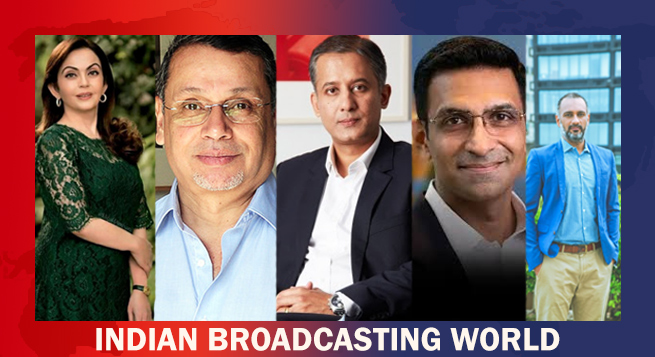 Kevin Vaz, Kiran Mani, Sanjog Gupta to head 3 verticals of JioStar
Kevin Vaz, Kiran Mani, Sanjog Gupta to head 3 verticals of JioStar 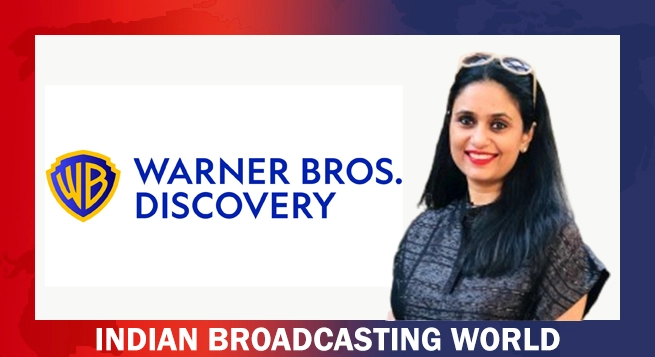 WBD elevates Deepa Sridhar to Senior Director – Corporate Communications, South Asia
WBD elevates Deepa Sridhar to Senior Director – Corporate Communications, South Asia 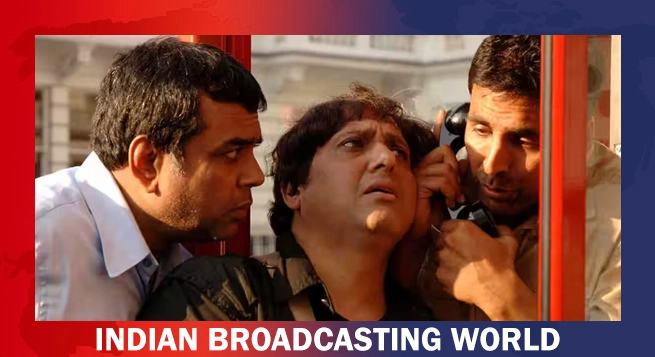 ‘Bhagam Bhag 2’ returns after 18 years
‘Bhagam Bhag 2’ returns after 18 years 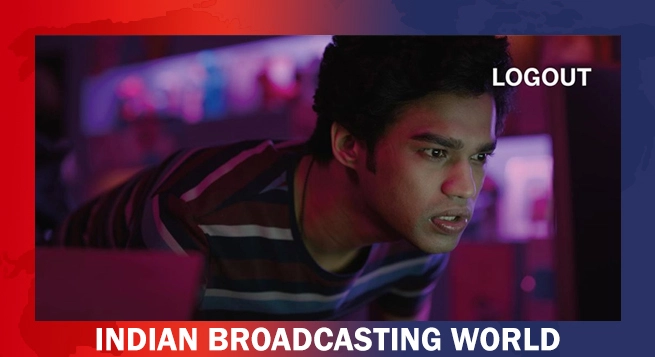 Babil Khan’s ‘Log Out’ to premiere at Argentina’s Mar del Plata International Film Festival
Babil Khan’s ‘Log Out’ to premiere at Argentina’s Mar del Plata International Film Festival 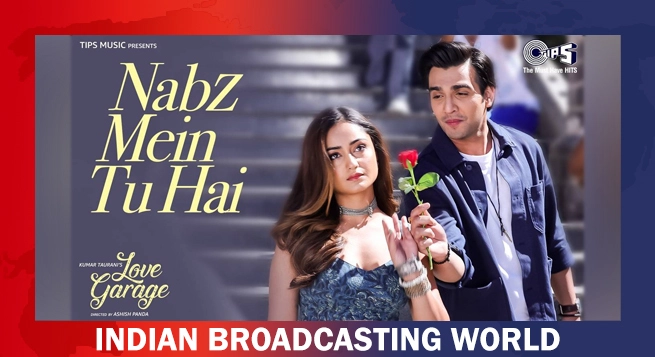 Tips Music presents ‘Love Garage’
Tips Music presents ‘Love Garage’  Fox, Hulu ink $1.5bn streaming content partnership
Fox, Hulu ink $1.5bn streaming content partnership 


